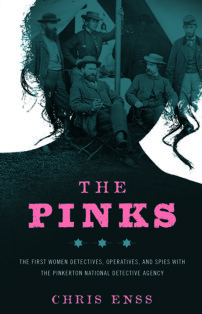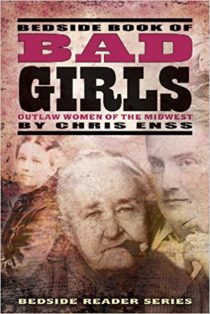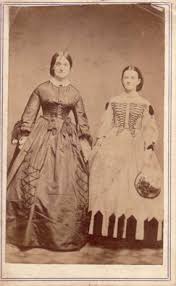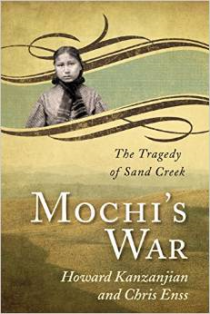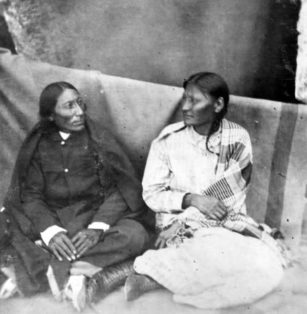Enter now to win a copy of
The Pinks: The First Female Operatives, Detectives and Spies with the Pinkerton National Detective Agency.
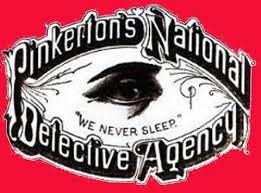
In the spring of 1858 a friendly, two-horse match race attracted the attention of many residents in the town of Atkinson, Mississippi. Mrs. Franklin Robbins and Mrs. R. C. Potter, both guests at one of the community’s finest hotels had decided to see which one of their mounts was the fastest. They had begun their afternoon ride in the company of several others enjoying the balmy air, blooming flowers, and waving foliage of the sunny southern landscape. Exploring a path that led to a bubbling stream, Mrs. Robbins and Mrs. Potter had lagged far behind the party and decided to narrow the gap when talk about who could make that happen first arose.
For a few moments both of the horses the women were riding ran at an uneven but steady pace then suddenly Mrs. Robbins’ horse bolted ahead. Her ride didn’t stop until they reached the business district of town. Mrs. Robbins slowed the flyer to a trot before she glanced back to check on her competitor. Mrs. Potter was nowhere to be seen. Mrs. Robbins backtracked a bit; her eyes scanned the road she’d traveled. Her horse reared and threatened to continue the run but she restrained the animal and pulled tightly on the reins. “Mrs. Potter!” she called out frantically, “Mrs. Potter?!” Mrs. Robbins urgent cries drew the attention of the people with whom the pair had started the ride. They had congregated in front of the hotel when they heard Mrs. Robbins call for help. Not only did the fellow riders hurry to the scene, but men and women at various stores or saloons rushed to Mrs. Robbins’ aide.
Through broken tears she explained what had transpired and asked volunteers to accompany her in her search for Mrs. Potter. Many quickly agreed and wasted no time in following after Mrs. Robbins. She spurred her horse back along the roadway they had just traveled.
The riders spread out in hopes of finding a trail leading to where Mrs. Potter’s mount might have carried her. One rider spotted a woman’s scarf caught in a low hanging branch of an oak tree and made his find public. Tracks near the tree led searchers to believe Mrs. Potter’s horse might have been spooked and out of control. After several tense moments trekking back and forth over field and stream, Mrs. Potter was located. She had been thrown from her ride and was lying motionless in a meadow adjacent to the home of the county clerk, Alexander Drysdale.
Mrs. Robbins rode to Alexander’s house and informed him of what had happened. In less than five minutes he had improvised a stretcher out of a wicker settee and a mattress, and had summoned four of his hired hands to help retrieve the injured Mrs. Potter. She was groaning in pain. She told those attending to her that her head hurt. In a few moments the hired hands had lifted her off the ground and gently placed her in the settee. While being carried to the Drysdale’s home Mrs. Potter complained that her ribs were sore and her back was aching. Mr. Drysdale sent Mrs. Robbins and the other riders on their way and requested that Mrs. Robbins return with a physician. He promised that he and his wife would keep Mrs. Potter comfortable while waiting for the doctor to arrive.
Mrs. Potter was grateful for the Drysdale’s consideration and thanked them over and over again. The hired hands were instructed to put her in one of the guest bedrooms and see to her every need.
When the physician arrived he examined her but could not determine the extent of her injuries. He recommended that she remain in bed and not be moved. He thought she would not have to be confined to bed rest for more than two weeks. Mrs. Potter asked if she could be moved to the hotel, as she did not want to trespass on the Drysdale’s hospitality. Mrs. Drysdale, however, refused to hear of such a thing as the removal of a sick person from her house, and said that she would enjoy Mrs. Potter’s company. Mrs. Potter agreed to stay with the Drysdales until she could move about without assistance.
No one suspected that Mrs. Potter was an operative for the Pinkerton Detective Agency. They had no idea her real name was Kate Warne and that she had been tasked with infiltrating the Drysdale’s home to locate a murderer. As Mrs. Potter, Kate had pretended her horse had been frightened and out of control and eventually threw her, that she’d been deposited purely by chance near the Drysdale’s house and that the injuries sustained in the fall were substantial enough to render her too fragile to move.
